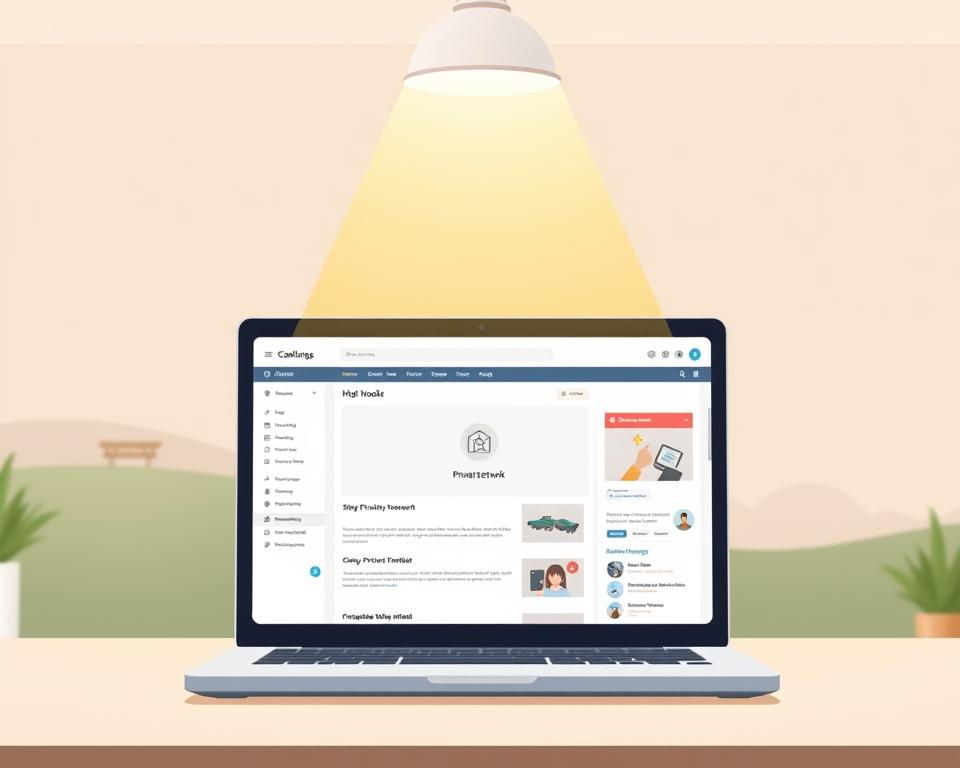PBN Backlink Basics
Did you know nearly 60% of SEO professionals have used private blog network links? A PBN’s main draw lies in how it can elevate a domain’s credibility. That often translates into higher SERP positions. However, what exactly is meant by PBN within SEO? It might seem like a quick way to climb the ranks, yet using PBN SEO services poses significant risks. Those dangers include harsh Google penalties. Let’s dive into the fundamentals of what is PBN in SEO and why they’re so captivating to many in the SEO field.
What is a Private Blog Network (PBN)?
A PBN comprises multiple sites set up to generate private blog network backlinks. It works by sending SEO value via backlinks from secondary sites to your core site. Many PBNs use expired domains, which retain some authority, to create a credible facade for search engines like Google.
What drives a PBN is simple. Marketers employ them to amplify their digital footprint. They achieve this through:
- Securing high-value links that elevate SERP standings.
- Controlling the quality and relevance of these backlinks.
- Fostering a web of sites that exchange links in a natural-looking manner.

Mechanics of PBN Backlinks
PBN links work by creating private blog network backlinks that mimic natural links. Each PBN link is engineered to deceive crawlers into thinking it’s a genuine vote of confidence.
SEO practitioners meticulously map keyword and domain usage throughout their network. Yet despite potential instant gains, the method carries grave dangers.
Backlinks should be cloaked within credible, value-driven articles to avoid detection.
Why SEOs Love PBNs
PBNs provide clear perks for link-building strategists. One of the primary benefits is the immediate control over backlinks.
PBN expired domains, often rich in authority, provide a unique opportunity to create strong backlinks.
Further, the flexibility found in PBNs allows for precise targeting of keyword-rich anchor texts.
PBN Pitfalls
But these benefits come with major downsides. Google’s crackdown makes PBN usage a high-stakes gamble.
Why Some SEOs Choose PBNs over Traditional Link Building
Guest posting and manual outreach take time and resources. They eliminate the reliance on third-party permissions.
Best Practices for Managing PBNs
Effective pbn management demands careful attention and adherence to best practices. Vet domains meticulously to avoid bad neighborhoods.
How to Detect PBN Backlinks
Regular backlink audits help unearth PBN footprints.
| Indicators of PBN Links | Description |
|---|---|
| Low-Quality Domains | Links from domains with poor authority or less than optimal rankings. |
| Irrelevant Content | Links embedded in content that does not match your site’s niche. |
| Suspicious Anchor Text | Repetitive or irrelevant anchor text patterns. |
| Thematic Similarity | Lack of a coherent theme among linking pages and domains. |
Using Google’s Disavow Tool
- Identify harmful PBN backlinks through thorough analysis.
- Create a disavow file correctly, listing specific URLs or domains to disavow.
- Upload the disavow file to Google Search Console.
Alternatives to Private Blog Networks
High-quality content and influencer collaborations also drive organic links.
Clearing Up PBN Myths
Yet, misconceptions abound around this tactic.
Future of Private Blog Networks in SEO
| Factor | PBNs | Future SEO Practices |
|---|---|---|
| Content Quality | Low emphasis on genuine content | High emphasis on high-quality, valuable content |
| Risk Factor | High risk of penalties | Lower risk with authentic practices |
| User Engagement | Limited engagement | Enhanced user interaction and loyalty |
| Sustainability | Unsustainable in the long term | Focus on sustainable growth |
In Summary
They promise rapid SEO wins.
